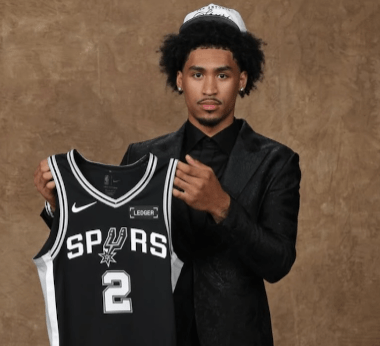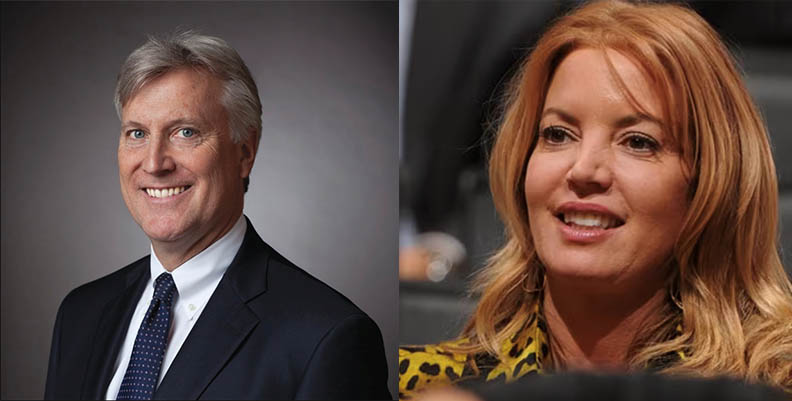Attempting to persuade the Chargers to stay in San Diego, a mayoral committee proposed a financial plan this week for building an approximately $1.1-billion new NFL stadium.
The plan includes major public contributions, but not a tax increase, officials said, and would include $300 million from the Chargers, $200 million from the NFL, $173 million in construction bonds, $121 million from the city of San Diego, and $121 million from San Diego County.
Also, $225 million would come from the sale to a developer of 75 acres at the Mission Valley site, the current home of Qualcomm Stadium. The committee also estimated that more than $100 million could be raised from fans through personal-seat licenses and ticket and parking surcharges.
Former Mayor Jerry Sanders, now president of the San Diego Regional Chamber of Commerce, called the plan “a remarkable job done under intense pressure and a tight deadline.”
“Now it’s time to support our mayor and the county in their negotiations with the Chargers,” Sanders said at a news conference, where the plan was unveiled by the Citizens Stadium Advisory Group appointed in January by San Diego Mayor Kevin Faulconer.
Faulconer and county Supervisor Rob Roberts met recently with Chargers President Dean Spanos to brief him on the outlines of the financial proposal for the new stadium. Spanos was “cordial, but noncommittal.”
The proposal includes asking the Chargers to pay $1 million per game in rent, a contribution far more than other NFL teams were required to pay when their own stadiums were being built.
“We are grateful to the committee members who volunteered their time, and we will now ask our stadium development team—including our financing, legal and land use experts—to thoroughly review the results,” said Chargers spokesman Mark Fabiani.
In a statement released as the committee unveiled its proposal, Mayor Faulconer said he hopes for negotiations with the Chargers to begin by June 1st. “If a deal can be struck,” he said, “negotiations will deal with when the public vote would be scheduled.”
“Today, San Diego has a framework to build a new stadium that’s tangible, that’s achievable, and that won’t raise taxes,” he continued.
The intense pressure Sanders mentioned was provoked by two rival stadium proposals, one in Inglewood from the St. Louis Rams, and a plan announced by the Chargers and Oakland Raiders to build a joint-use venue in Carson.
Officials in Inglewood and Carson have opted not to put the land-use proposals to a vote of the public. The NFL has not been to Los Angeles County in 20 years.
In San Diego, however, Faulconer has promised a public vote even though the funding plan does not require it. A tax-funded proposal would require a two-thirds vote for approval, seen as a political impossibility. Putting the issue to a public vote might be the undoing of the plan.
Visiting San Diego in April, NFL executive vice president Eric Grubman warned that waiting to hold a vote until November 2016, the next general election, might mean that the city would be too late to persuade the Chargers to stay.
“To wait until the end of next year to get the vote, it seems to me to be very risky,” Grubman said.
But the 166-acre, city-owned site in Mission Valley would be the “quickest and least expensive location” to build a stadium, the mayoral committee contends. The proposed city and county contributions would come as annual payments instead of lump-sum. The city would be able to redirect money that otherwise would be used to maintain Qualcomm Stadium. Once built, they said, the new stadium would be self-supporting.
Catching the public’s imagination, conceptual drawings of the brand new stadium—with 65,000 seats, and a canopy-roof meant to hold in crowd noise—was designed by a New York stadium design firm, MEIS, and also included in the report. MEIS was also the lead designer of Staples Center in Los Angeles and NFL stadiums in Cincinnati and Philadelphia.
“Some venues take years to take on the character of the fans that most define it,” said senior project designer Xan Young. “This one will feel like home to San Diego from the day it opens.”
The campaign to keep the Chargers in their San Diego home is supported by a group of civic leaders, fan groups, and former team stars.
The stadium would be home to the Chargers, the San Diego State Aztecs, the Holiday and Poinsettia Bowls, various concerts and music festivals, and other special events. The mayoral committee estimated that construction could begin in 2017 and be finished by the end of 2020. (With reports from Los Angeles Times)






